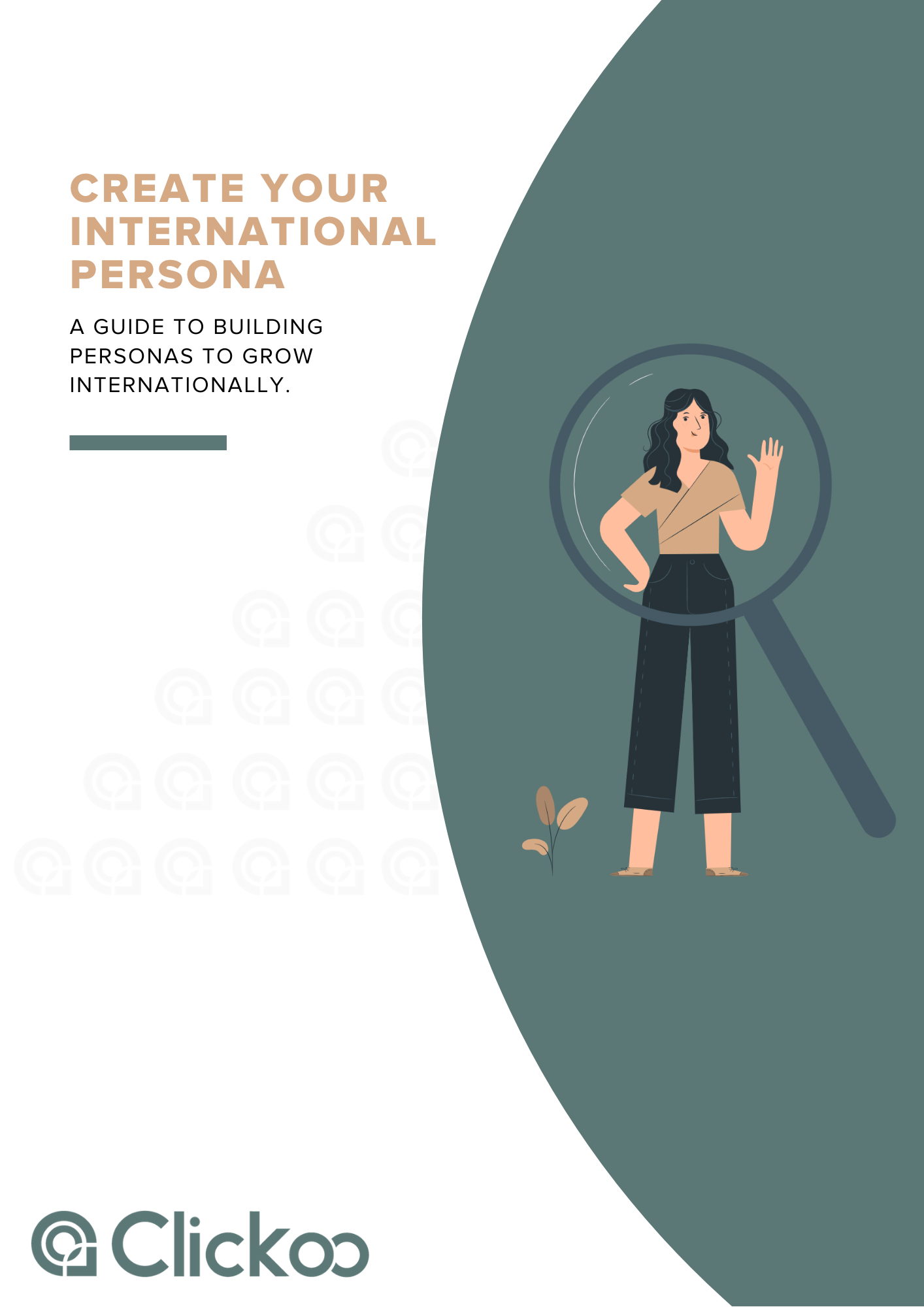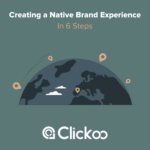
Ever been on the receiving end of a false assumption? Or been the person assuming something of someone else, and been proved wrong?
When it comes to people, it’s generally wise not to actually assume anything. And this is a common mistake in advertising. When targeting a specific audience, tactics often fail for the precise reason that they’re built around a hunch that isn’t backed up by thorough evidence.
Here, we dive into some of the issues you may face with assumptions – especially when you’re targeting audiences in different territories.
The problem of assumptions
Let’s start with the obvious shortcoming of assumptions: you can cause offence. The stereotype of Irish people’s fondness for alcohol is well known – but that doesn’t mean that every Irish person even drinks alcohol, let alone frequently gets drunk. Put something clumsy and distasteful like this in your marketing messaging, and you’re almost certain to receive bad feedback.
Then there’s the fact that it can actually be harmful. A very specific case is gender stereotypes in advertising. This phenomenon has led to not only offence, but has contributed to how people perceive their gender and therefore their gender role in society, resulting in them feeling limited in their options, aspirations and acceptable behaviours. The Committee of Advertising Practice (CAP) is taking action in response, having enforced new standards in 2019.
Making assumptions may also mean that you don’t consider, and speak to your audience’s actual needs. You can have a picture in your head of who they are, but if your ideas aren’t correct and you target in line with this false image, then your advertising is futile. It wastes effort, time and money.
The key is to ensure you can help your audience find answers to their questions – And to do this, you need to know them as well as you possibly can. If you can solve their problem, then you’ll capture their attention. This then allows you to have a great conversation with your audience, increasing the chances of ad campaign success and a positive association with your brand.
Targeting different territories
If you’re selling a product or service to one audience, surely your approach for another is pretty much the same? This isn’t the case for any market – least of all when you target a different country. Unfortunately, assumptions are still all too prevalent when advertising to different markets. What you think may not actually translate into reality.
For example, many territories are happy to buy almost anything online and have no reservations about it whatsoever. However, this doesn’t apply to France. They’re actually known for being cautious, are are partial to using trusted marketplaces such as Amazon and Cdiscount. So, if your paid media strategy includes a drive to purchasing online, you’d need to make sure it’s a method the French market can have trust in.
How you write the ad itself can additionally impact its effectiveness from country to country. Word capitalisation makes headlines more effective across the English market, but this doesn’t always ring true for a Spanish audience. It completely depends on the client and industry in Spain.
There are many nuances just like this across the entire world. But if you can’t use assumptions, what can you use to target your audience?
An alternative to assumptions
The problem isn’t with having an assumption – the problem is not having the data to support it. That’s why further research is always needed, whether you noticed a trend that has led you to believe in the assumption or have been working in your industry for a long time and think you know your audience
Dig a little deeper. Explore around the subject, or study your consumers. Get the most accurate and comprehensive insights possible. Things change as well, remember – it could be that your audience’s main challenges have shifted over the years. So ensure you’re doing this research regularly to stay well informed.
Getting the best results from this process requires an in-depth approach. Too many opt for simple surveys which ask very basic questions, and don’t actually uncover anything useful about your audience. To be able to create hyper-targeted campaigns, you need to know your audience like the back of your hand.
Gaining audience insights with Clickoo
So, what do you need to know? There’s the audience’s motivations for buying , along with the thoughts and steps that go into their decision. Then there’s the message itself – you’ll need to think about which conversational methods you should use. The visual creative will be core too; markets can really differ in how they respond to aspects such as colour and imagery.
We imagine you’re already a bit overwhelmed with the information to collect – and that’s really only scratching the surface! But you don’t need to feel like this. You can instead bring a partner on board to do all the work involved in building a localised approach to marketing. By relying on an international agency like us, you’ll save a tremendous amount of time and effort, as well as ensure the best results from your campaigns.
Clickoo have been connecting brands with audiences around the world for over a decade. Our team has the necessary resources and paid media knowledge to ensure we build localised, strategic and hyper-targeted campaigns for our clients every time.
We’re always thinking ahead too. We’ll do whatever it takes to move you further along the path towards your growth targets. To see your brand expand at an accelerated level, get in touch with our team today.
Want to create the perfect audience persona?
Fill the form below to receive Clickoo’s guide to creating your international persona



